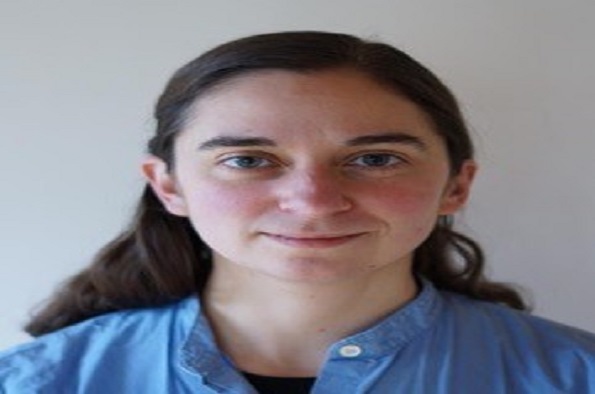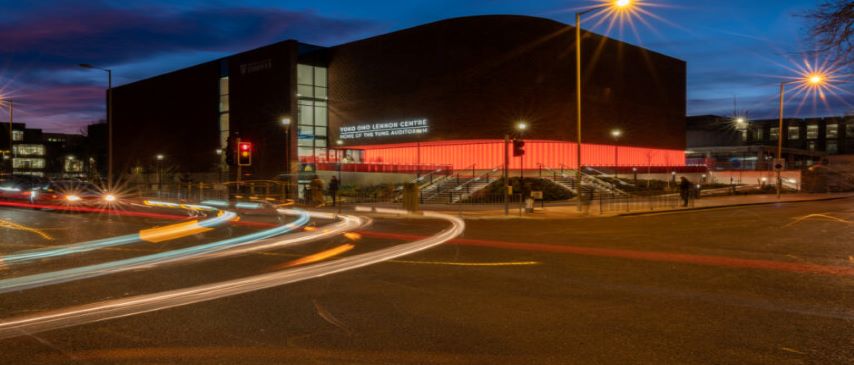
Ariel Camp 'Do fish have necks? How muscles of the body can power feeding behaviors.' Host: Kris D'Aout
- 0151 794 9003
- Brenda Smith
- Suitable for: Staff and students
- Admission: Free to staff and students. No need to register
Add this event to my calendar
Click on "Create a calendar file" and your browser will download a .ics file for this event.
Microsoft Outlook: Download the file, double-click it to open it in Outlook, then click on "Save & Close" to save it to your calendar. If that doesn't work go into Outlook, click on the File tab, then on Open & Export, then Open Calendar. Select your .ics file then click on "Save & Close".
Google Calendar: download the file, then go into your calendar. On the left where it says "Other calendars" click on the arrow icon and then click on Import calendar. Click on Browse and select the .ics file, then click on Import.
Apple Calendar: The file may open automatically with an option to save it to your calendar. If not, download the file, then you can either drag it to Calendar or import the file by going to File >Import > Import and choosing the .ics file.
Summary: Just as an athlete will use back and core muscles to power a throw, animals may use body or neck muscles to power feeding motions of the head--but we know very little about how or if this happens. Ariel’s previous work used X-ray based techniques to visualize 3D, in vivo bone motion and muscle shortening to show how fish use “swimming” muscles of the body to power feeding. Here at Liverpool, she will examine how the vertebral column of neck-less fish flex three-dimensionally to produce neck-like motions, and what this can tell us about the evolution of the vertebrate neck and how muscles produce and control motion.
Audience: The presentation is aimed at a broad audience interested in biomechanics, musculoskeletal function, 3D and X-ray imaging, and/or animal motion.
